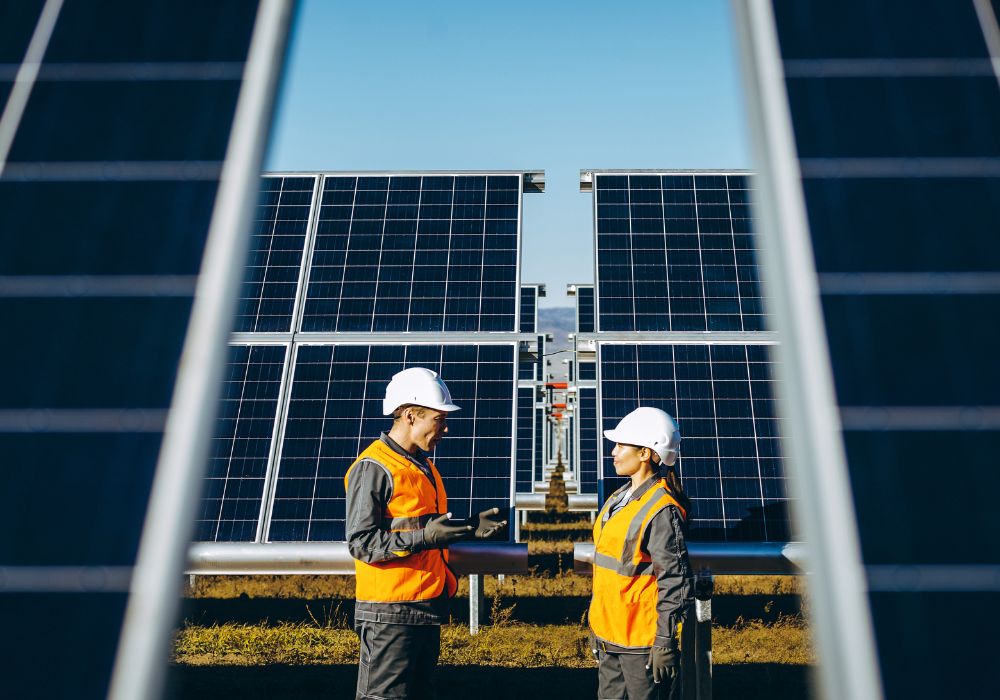While the COVID-19 pandemic caused some long-lasting pain for many sectors of the economy, it failed to slow down green job growth. The clean energy sector added 4.7 million jobs since 2019, according to the second annual World Energy Employment report by the International Energy Agency (IEA), published in November.
That puts the total number of jobs in clean energy at 35 million in 2022, compared to just 32 million in oil, gas and coal. The fossil fuel sector created 1.3 million fewer jobs than it did in 2019. “Solar [photovoltaic] is by far the largest employer, accounting for 4 million jobs, while EVs and batteries were the fastest growing, adding well over 1 million jobs since 2019,” the report says.
While this shift is happening faster than many had predicted, the IEA warns of holes in the green jobs market that need to be addressed – specifically when it comes to connecting workers with job openings.
“The unprecedented acceleration that we have seen in clean energy transitions is creating millions of new job opportunities all over the world – but these are not being filled quickly enough,” says IEA executive director Fatih Birol. “Governments, industry and educational institutions need to put in place programs to deliver the expertise needed in the energy sector to keep pace with growing demand, particularly to manufacture and build the clean energy projects necessary to meet our energy and climate goals.”
In October, the Canadian Renewable Energy Association (CanREA) launched its own job portal, cleanenergyjobs.ca, with postings for everything from plant managers and electrical engineers to financial analysts. “We know that the number of people interested in renewables is higher than it’s ever been, and we have heard from our member companies that there is a crying need for workers, so CanREA has built this website to try to connect those dots,” says Mathieu Côté, director of CanREA’s operations program.
In November, a non-profit called Invest WindsorEssex launched a website (evcareers.ca) that seeks to link workers in Southwestern Ontario to job opportunities in the electric vehicle (EV) industry. Stellantis and LG Energy Solution have started building their heavily subsidized NextStar battery plant in the area. The facility is expected to have up to 2,500 employees, but the project has also faced questions about the number of South Korean workers that will be hired to fill those positions.
The IEA has said that the clean energy sector will need to grow at four times the rate of the world’s gross domestic product for the energy transition to be successful. While we haven’t reached that mark yet, investments in clean energy projects have surged ahead of global GDP over the last few years.
From 2019 to 2022, clean energy investment grew 33%, while the world’s GDP grew 15%, according to the International Monetary Fund.
While 2023 was not a banner year for green energy stocks, which became overvalued, preliminary data show it was another big year for investing in clean energy overall. The IEA projected that investors would smash previous green investment records, piling US$1.7 trillion into clean energy solutions in 2023, up from US$1.1 trillion in 2022.
This is still short of the US$4 trillion in clean investment the agency says will be needed to meet net-zero goals, but for every dollar being invested in dirty fossil fuels, the world is now spending $1.70 on clean energy solutions. The dollars have never made so much sense.







